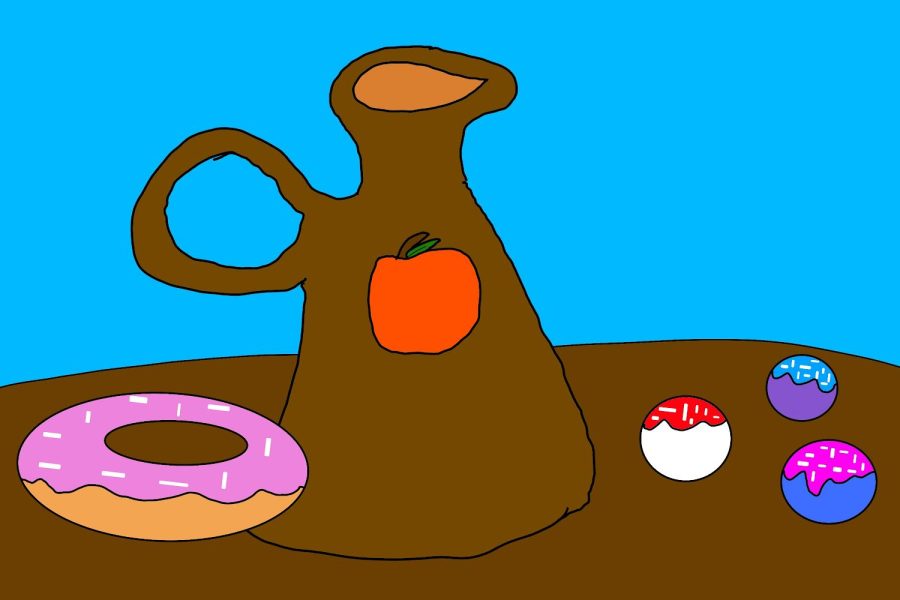Take an ‘In-cider’ look into the history of a delectable fall drink
The arrival of the fall season brings many seasonal items with it, such as the changing of leaves, Halloween, pumpkin spice lattes, and especially apple cider.
The much loved fall drink has its origins in the British Isles in 55 B.C. and was discovered by Romans who had sailed there. Soon enough, it became incredibly popular and has remained so for many centuries. Its popularity can again be traced back to the 18th and 19th centuries, where it was widely drank by colonists who had recently arrived in America.
Not only did it taste good, but it was incredibly cheap and easy to make due to how quickly apple trees bore fruit and how easy it was to ferment apples themselves. The process was as simple as fermenting the apples themselves, which would result in a beverage with some alcohol content. The non-alcoholic counterpart, apple cider, is made by pressing the apples to produce juice. Cider was also popular with early colonists who had arrived in America because it had a low alcohol content, making it harder for bacteria to ruin the beverage. This made it much safer than drinking water, which was often very dangerous and unfiltered. It even has a number of health benefits which are present in the antioxidants within the drink, which have benefits such as helping with digestion.
However, popularity around the drink had taken a fall during the early 1900s due to European immigrants producing more beer as opposed to cider. But why is it still popular after multiple centuries? The reason is simple. Most apple varieties are freshest in-season during the fall, making it easy to make the cider itself. In fact, in 2018 it took 18 million apples to meet the market demand for apple cider in America. This number of apples produces roughly 501,000 gallons of cider!
Apple cider is one of history’s most beloved drinks and is a hallmark of the fall season, and the history behind it makes it all the sweeter.
Your donation will support the student journalists of Saint Viator High School. Your contribution will allow us to purchase equipment and cover our annual website hosting costs.








